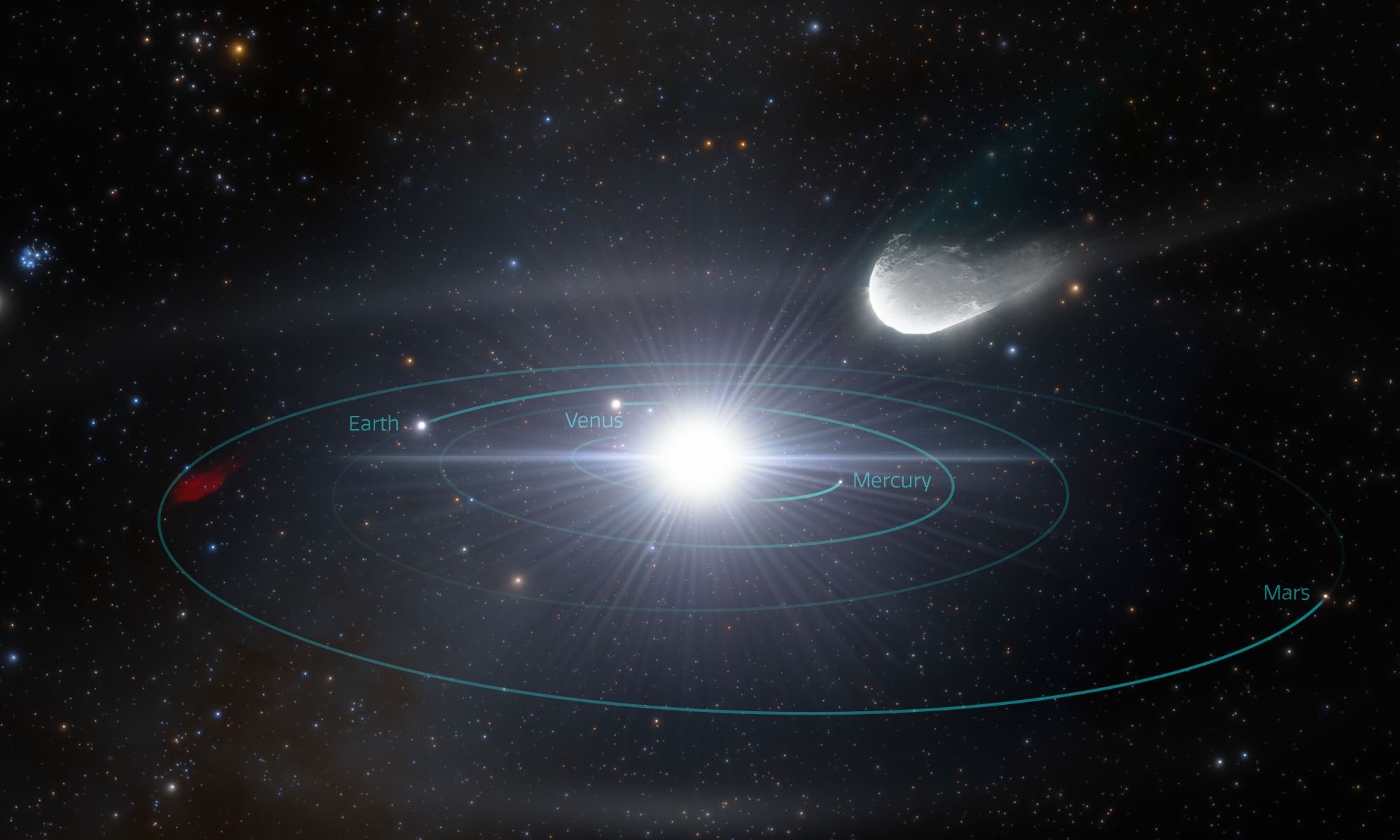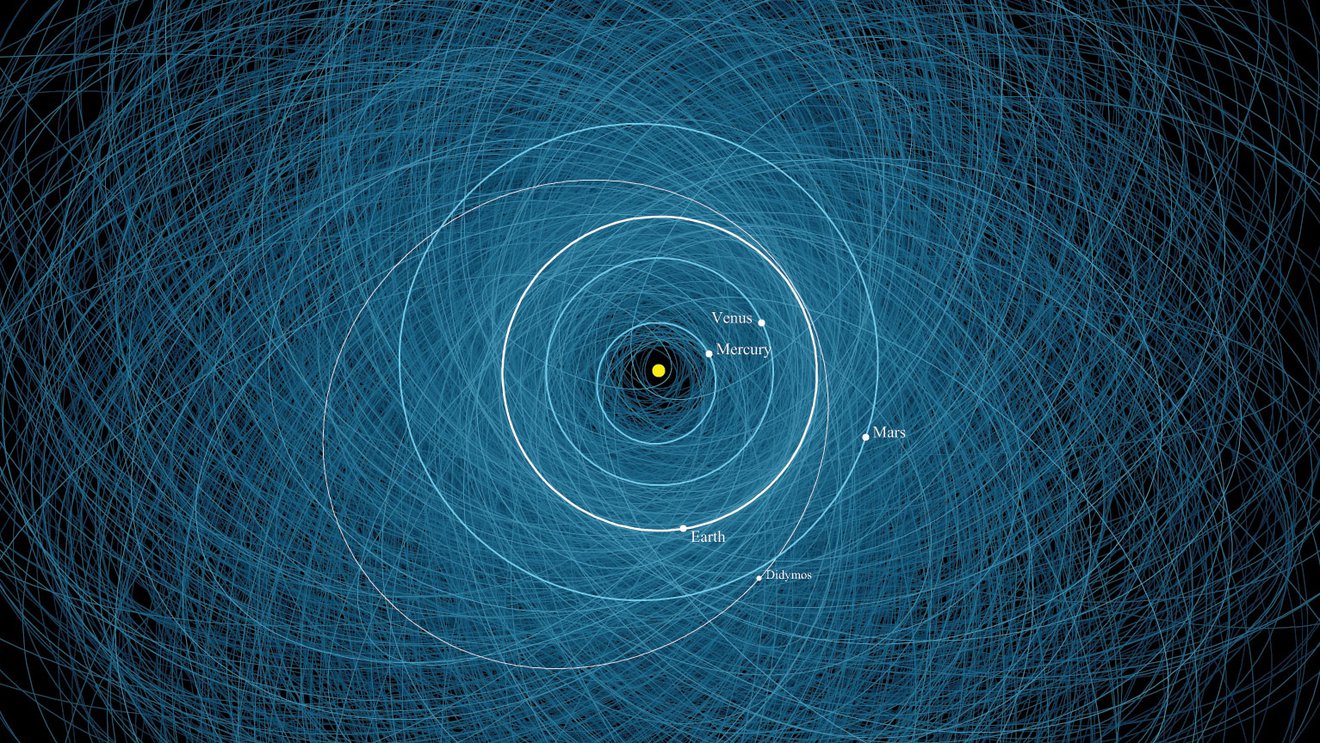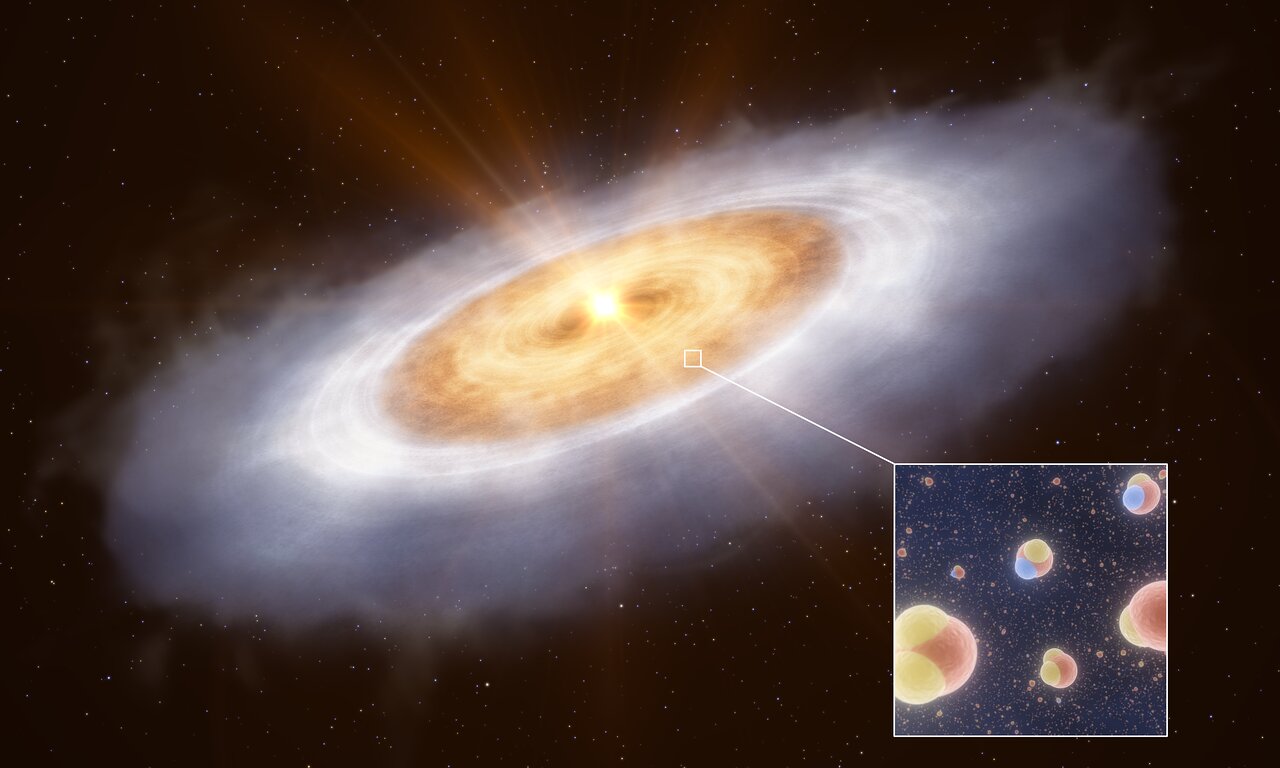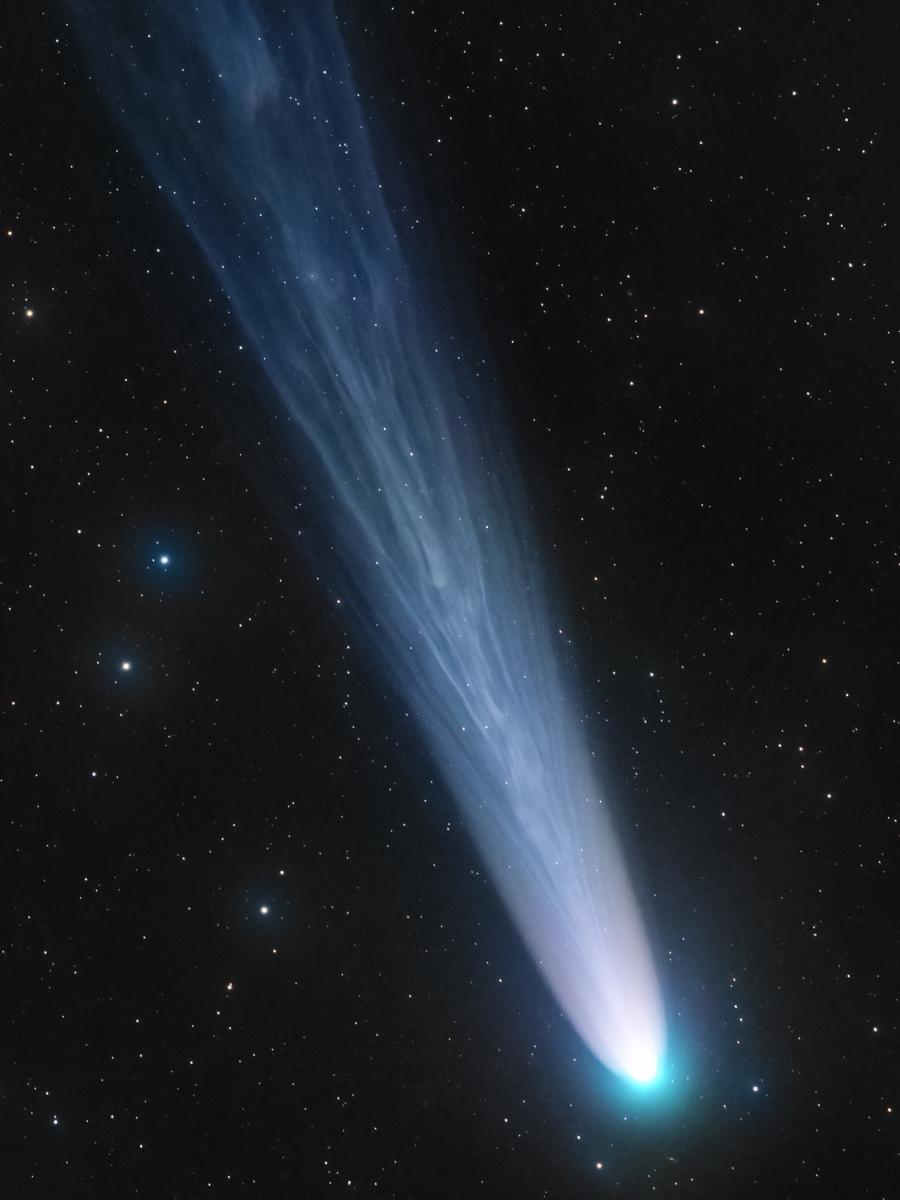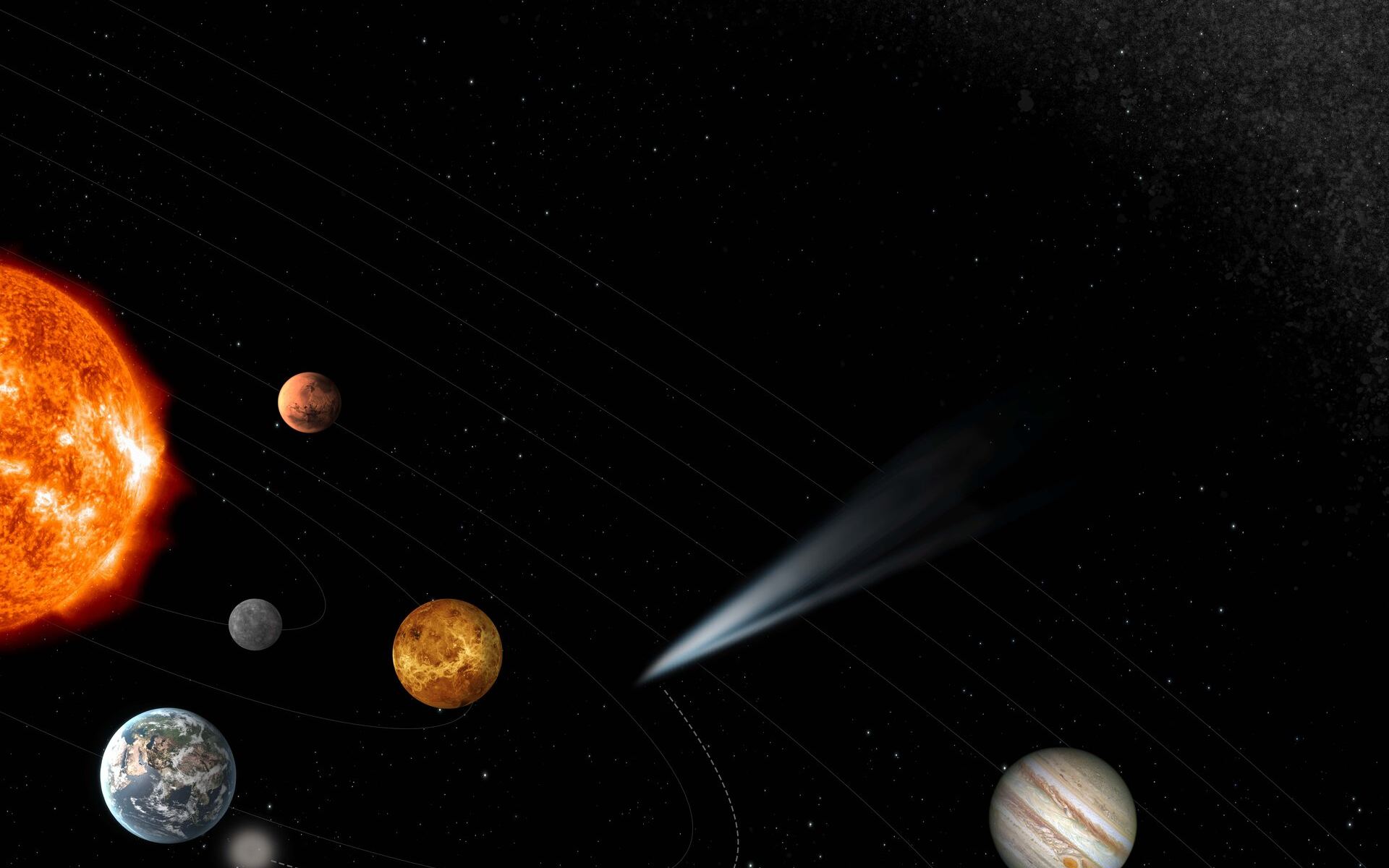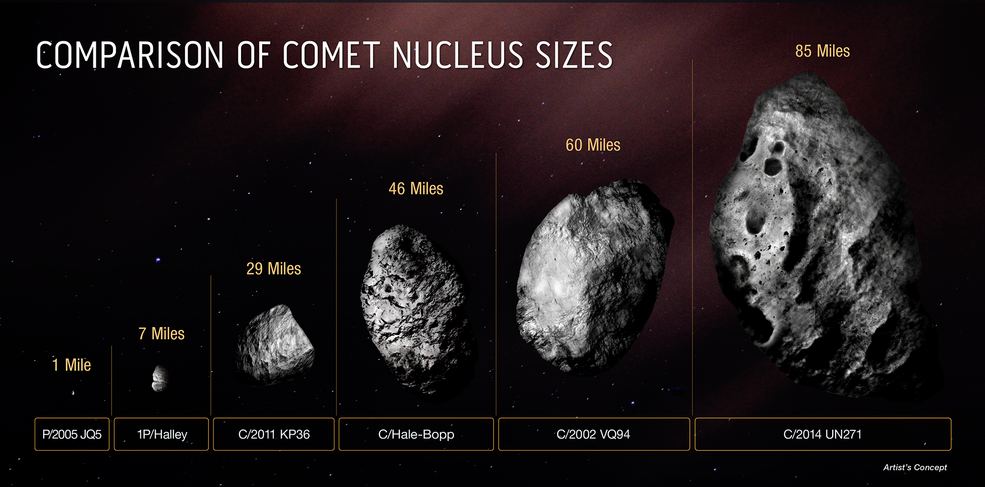Comet C/2024 G3 ATLAS may put on a quick show this month.

What ‘may’ be the best anticipated comet of 2025 is coming right up. Right now, there’s only one comet with real potential to reach naked eye visibility in 2025: Comet C/2024 G3 ATLAS. This comet reaches perihelion at 0.094 Astronomical Units (AU, 8.7 million miles or 14 million kilometers, interior to the orbit of Mercury) from the Sun on January 13th, and ‘may’ top -1st magnitude or brighter. At magnitude +4 in late December, Comet G3 ATLAS could become a fine object low in the dawn sky for southern hemisphere observers… if (a big ‘if) it holds together and performs as expected.
Continue reading “Will Comet G3 ATLAS Perform at Perihelion?”

